
Xiao Chunlei
A native of Ningtai, Sanming
Writer, employed by the Xiamen Evening News
During mid-summer, I returned to my hometown of Ningtai County and participated in a Tea culture field trip and writing seminar, where I was surprised to find that Ningtai Yancha has gained significant prominence. The ancient city streets, lined with gray tiles and blue bricks, were bustling with tourists and teahouses, all proudly promoting their Yancha, except for a few featuring local specialty Leicha. The seminar organized visits to tea mountains such as Baxian Cliff, Jingyuan, Zhaixia Grand Canyon, and Shide Hall, which, like Wuyishan, are mostly situated in the gorges of Danxia landforms, presenting a picturesque scene of red cliffs amidst lush greenery.
A new origin of Yancha is rising to prominence!
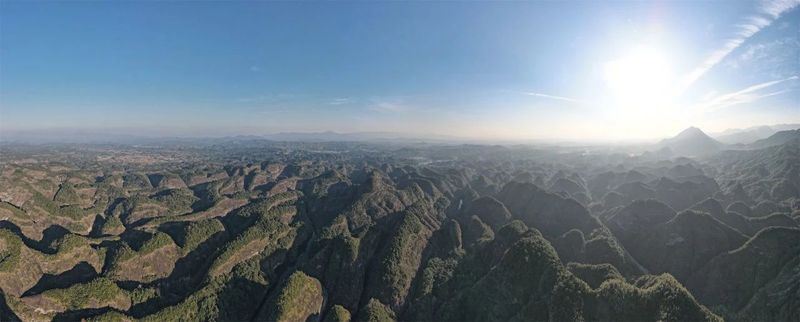
Ningtai's Danxia landform is one of the largest in southeastern China, boasting the world's rare “Aquatic Danxia,” “Canyon Amusement Park,” and “Cave Museum.” It was officially listed as a World Heritage Site in 2010. (Photography: Yu Honggai, Yitiantianya)
The quality of tea is greatly influenced by its growing environment.
In “The Classic of Tea,” Lu Yu wrote: “The best tea grows on weathered rocks, the second-best on gravelly soil, and the worst on yellow earth.”
This means good tea grows on weathered rocks. Although the entire city of Wuyishan produces tea, traditionally it is believed that the best tea, known as Yancha, grows within the gorges of the Danxia scenic area. Tea grown along the riverbanks outside the scenic area is called Zhoucha and is considered of lower quality, while tea from areas far from the scenic area is called Waishancha and fetches lower prices.
Danxia landform is a type of red sedimentary rock that is loose in texture. After weathering and erosion, the resulting soil is what Lu Yu referred to as “weathered rock.” In the Qing dynasty, an emperor with a discerning palate—Qianlong—tasted the flavor of rock in Wuyi tea and wrote in “Winter Night Tea brewing”: “Among them, Wuyi tea is the best, with a clear and harmonious taste and a hint of minerality.” Later generations summarized his description of “minerality” as “Yanyun” or “rock bone flower fragrance,” considering it a unique quality of Yancha. Yancha is valuable because it embodies the essence of the Danxia's weathered rocks and possesses a special “Yanyun.”
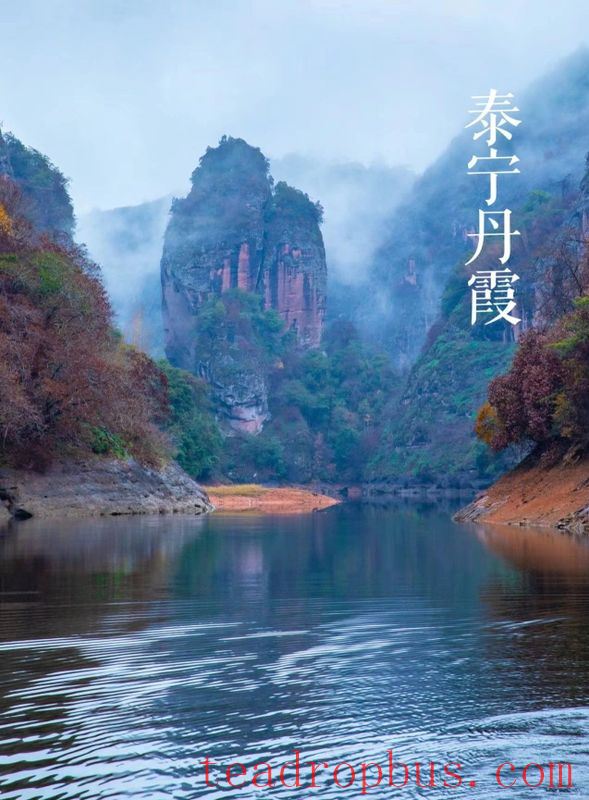
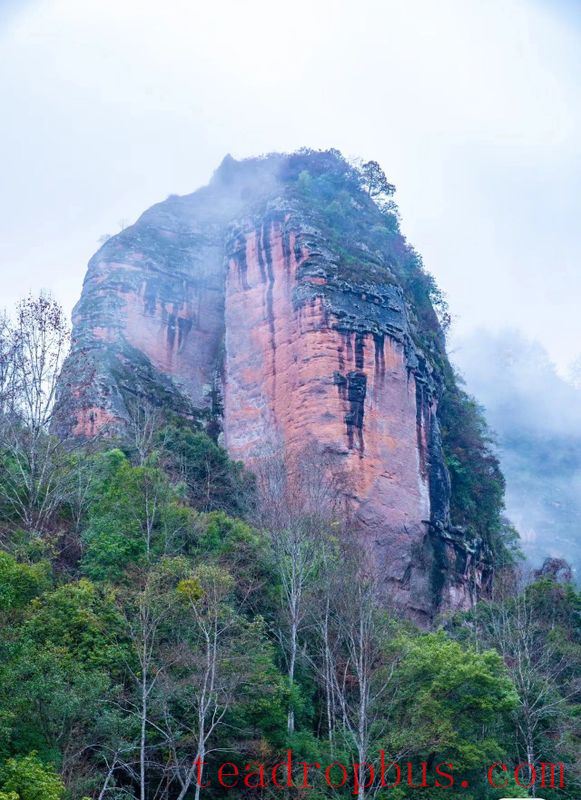
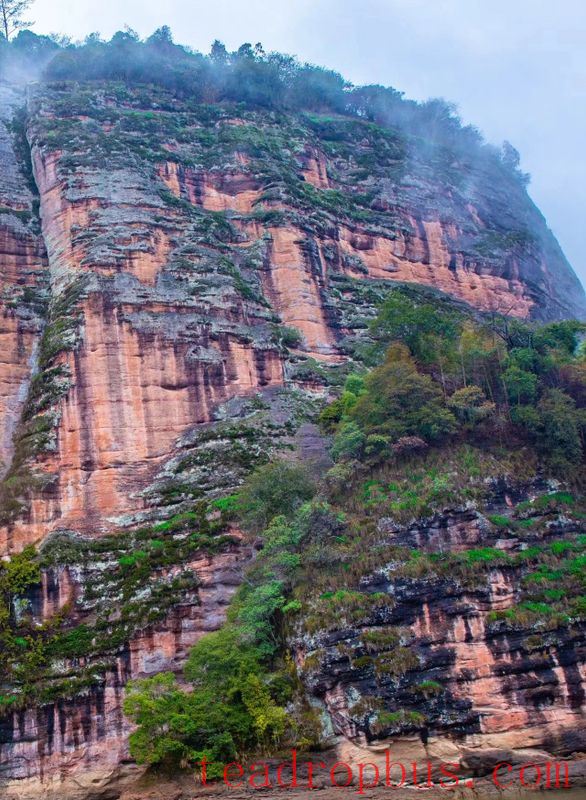
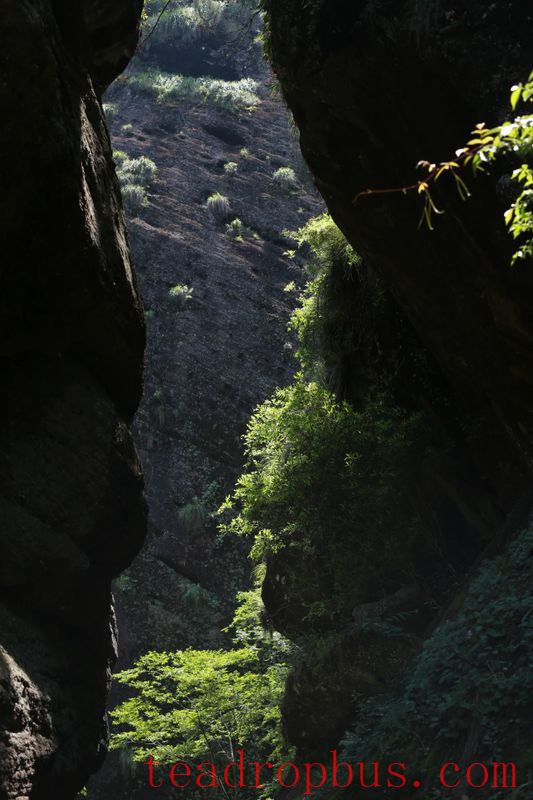
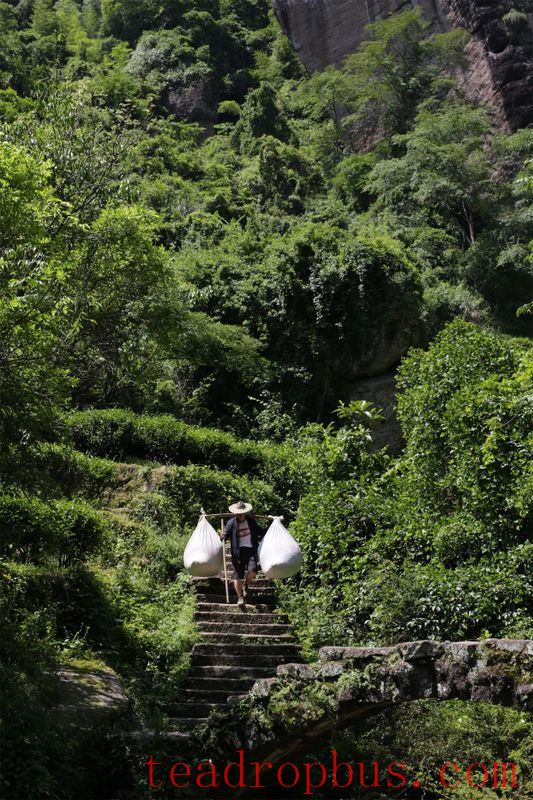
The Danxia landform of Wuyishan has created a unique style of Yancha and a rich cultural heritage associated with tea.
The Danxia landform in Wuyishan covers over 60 square kilometers, limiting the production of Wuyi Yancha. According to a report by China News Service, in 2025, the tea mountain area in Wuyishan City was 145,000 mu (approximately 9,666 hectares), producing 19,800 tons of dry tea.
The tea mountains within the Danxia scenic area are mostly owned by Tianxin Village. According to data from 2007, the village had 7,179 mu (approximately 478 hectares) of tea mountains, processing 692 tons of dry tea annually. That is to say, according to traditional definitions, Wuyi Yancha with “Yanyun” originates from an area that is only about 1/20th of the total Wuyi tea-producing region and accounts for approximately 1/28th of the total Wuyi tea production.
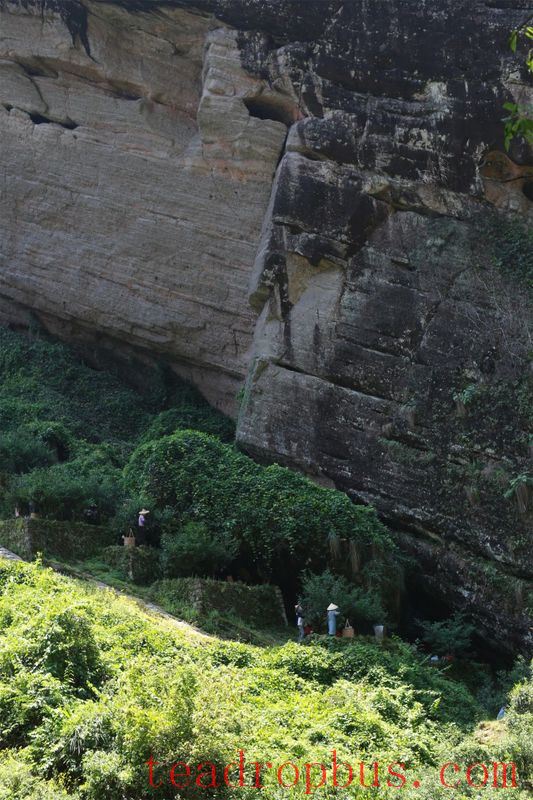
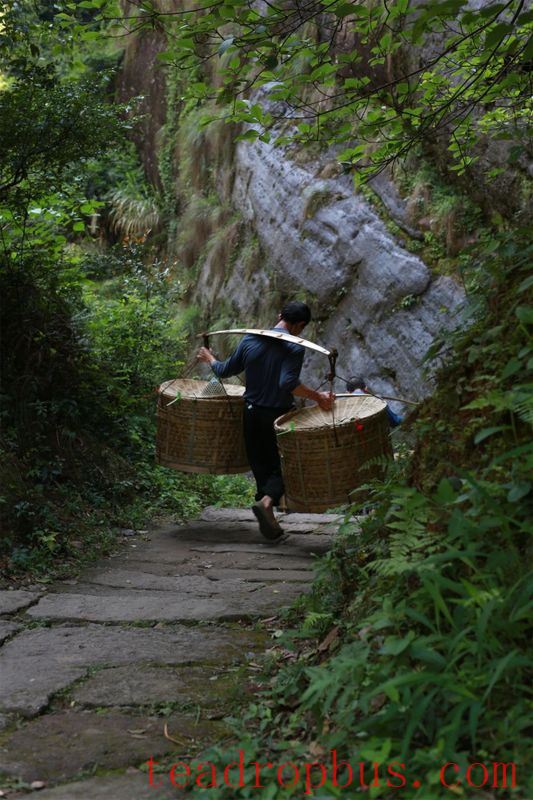
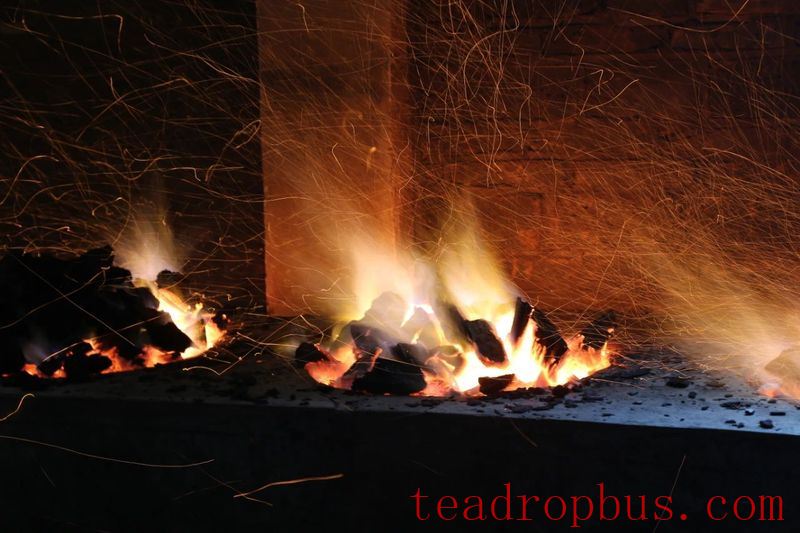
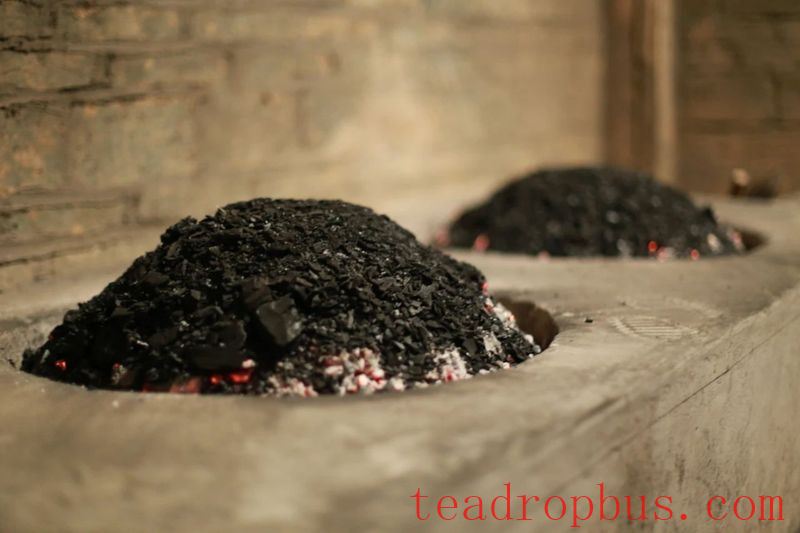
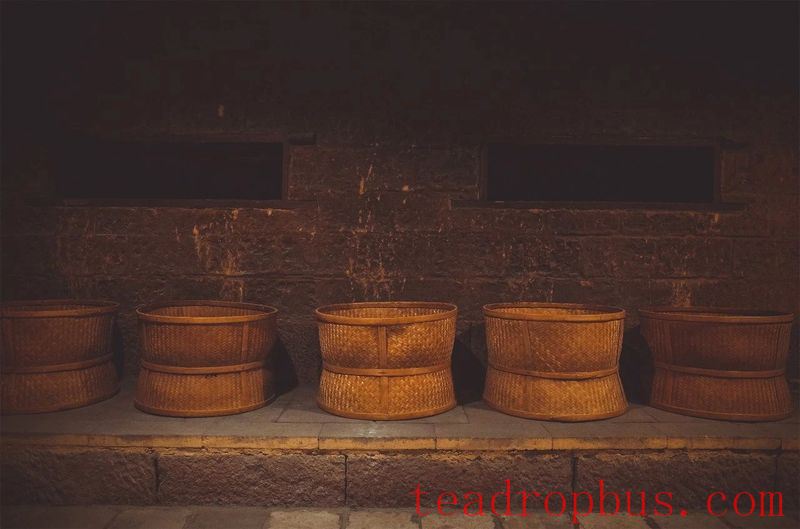
Traditional charcoal-roasting process for Wuyi Yancha
The low production of Yancha is not conducive to industrial development. When applying for national geographical indication protection in 2002, the production area was expanded to cover the entire city of Wuyishan and divided into two parts: Mingyan District (the Danxia scenic area) and Danyan District (other production areas).
This division is somewhat absurd, as the “Danyan District” does not have any Danxia landform, and the tea produced there is similar to the former “Zhoucha” and “Waishancha,” lacking “Yanyun.” In recent years, “Zhengyan Cha” (true rock tea) has been used to refer to Yancha from within the scenic area, while “Ban Yan Cha” (semi-rock tea) and “Zhoucha” refer to tea from outside the scenic area.
As a scarce resource, Danxia landforms are fragmented and scattered, with only around a thousand occurrences nationwide. They are often designated as scenic spots due to their beautiful landscapes. In 2009, six locations—Chishui in Guizhou, Ningtai in Fujian, Langshan in Hunan, Danxia Mountain in Guangdong, Longhushan in Jiangxi, and Jianglang Mountain in Zhejiang—jointly applied for World Natural Heritage status under the name “China's Danxia” and were successful.
Among these, Ningtai Danxia, located just over a hundred kilometers from Wuyish